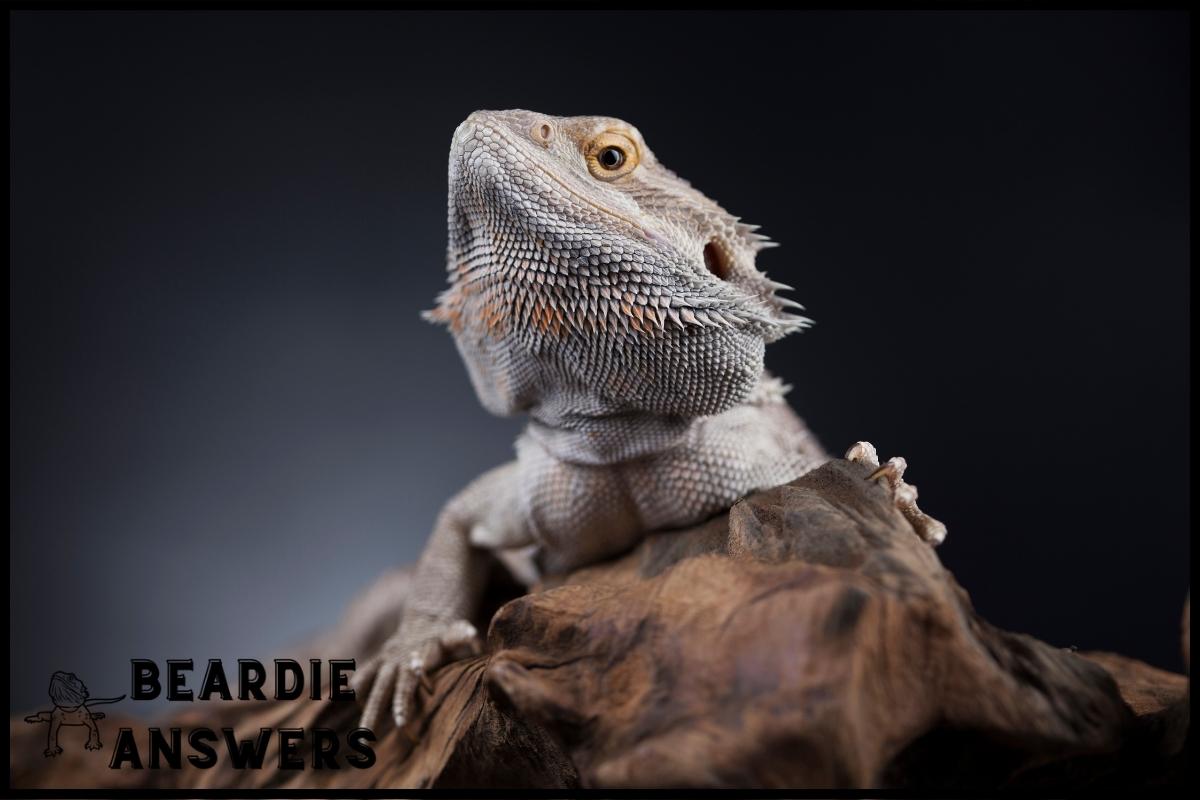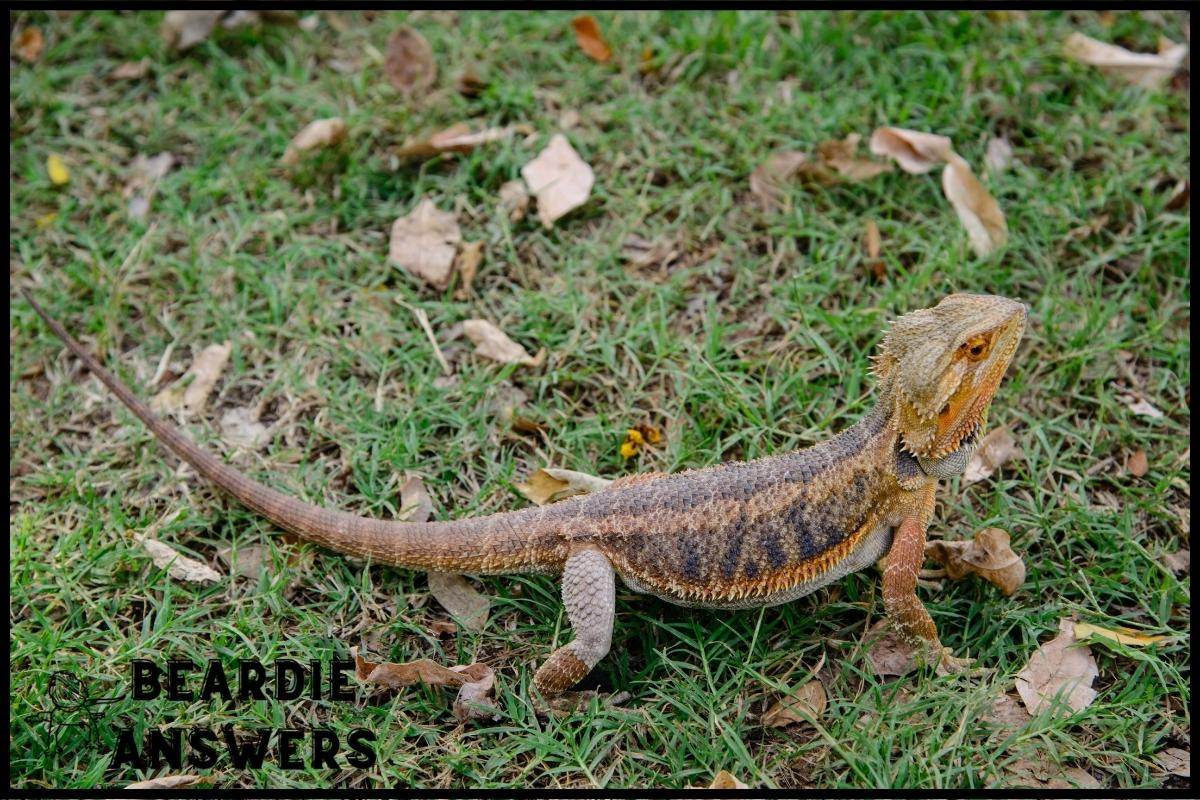Bearded dragons can eat a variety of flowers in moderation, including hibiscus, dandelions, and violets. These flowers are rich in nutrients and can provide variety to their diet. It is important to avoid feeding them flowers that have been treated with pesticides or chemicals, as these can be harmful to their health.
What You'll Learn
- 1 The Benefits Of Feeding Flowers To Bearded Dragons
- 2 What Kinds Of Flowers Can Bearded Dragons Eat?
- 3 How Much And How Often Should Bearded Dragons Eat Flowers?
- 4 Potential Health Risks Associated With Feeding Flowers To Bearded Dragons
- 5 Preparing Flowers For Bearded Dragons
- 6 Ensuring Your Bearded Dragon Gets A Balanced Diet
- 7 Conclusion
The Benefits Of Feeding Flowers To Bearded Dragons
Bearded dragons can benefit from a varied diet, and incorporating flowers into their meals is an excellent way to provide them with important nutrition sources. Flowers are full of vitamins and minerals that bearded dragons need for optimum health, plus they add variety to the reptile’s diet.
Not only do these blooms look beautiful, but they also offer many essential nutrients like carotenoids, calcium, magnesium and phosphorus. Flower petals often contain more antioxidants than other plant parts such as leaves or stems. They’re also packed with pigments that give them bright colors which can be attractive to bearded dragons and help stimulate their appetite. And since flower petals are softer than most vegetables, it makes it easier for bearded dragons to digest them.
Including flowers in your beardie’s diet adds much needed variety while helping ensure they get enough key vitamins and minerals needed for overall wellness. With so many advantages, adding flowering plants to their menu is definitely something worth considering when designing their meal plan!
Moving on to what kinds of flowers can bearded dragons eat…
What Kinds Of Flowers Can Bearded Dragons Eat?
Let’s talk about the types of flowers that bearded dragons can eat, as well as how much they should be eating and the variety they should be having.
We’ll want to make sure they’re getting a balanced diet with a variety of different kinds of flowers.
Types Of Flowers For Bearded Dragons
For those looking to add a little extra nutrition and variety into their Bearded Dragon’s diet, flowers can be an excellent addition! There are many different types of edible plants that are suitable for your pet, such as hibiscus, dandelions and violets.
It is important to research the plant varieties you choose carefully before feeding them to your dragon; some may require specific soil nutrition or other special conditions in order to thrive. When selecting flowers for your bearded dragon consider both what they need nutritionally and how easy it will be to provide those needs.
With proper care and attention, these colorful additions can really brighten up mealtime for your scaly friend!
Moderation And Variety In Flower Consumption
It’s important to remember that flowers should be given in moderation and variety when feeding your bearded dragon.
Although you may want to give them a lot of one type, it is best to switch up the selection so they can get all the nutrition they need.
Additionally, portion control is key; too much of any single plant species could lead to nutritional deficiencies or digestive issues for your pet.
For these reasons, make sure to always provide a diverse range of edible plants when mealtime rolls around!
How Much And How Often Should Bearded Dragons Eat Flowers?
It can be so tempting to add some color and variety to a bearded dragon’s diet by including flowers. Who hasn’t been charmed by the sight of brightly colored petals? But when it comes to feeding your scaly friend, moderation is key.
It’s important to understand how much and how often you should feed bearded dragons flowers in order to keep them healthy. When selecting flowers for your beardie, make sure that they are pesticide-free and safe for reptile consumption. Hibiscus, dandelions, and violets are all good choices that provide vitamins A, C, D, E as well as dietary fiber.
These can be given about once or twice per week in small amounts when providing other nutrient-rich foods such as insects and leafy greens. Be mindful not to overfeed with any food item as this could lead to health issues down the road. Feeding methods will also play an important role in keeping your dragon happy and healthy; hand feeding is always best since it encourages bonding between owner and pet while preventing accidental ingestion of harmful substances from substrate material or decorations inside the tank.
Additionally, if commercially prepared flower mixes exist for reptiles then these may also be used sparingly as part of a balanced meal plan for your beardie. Moving forward we’ll explore potential health risks associated with feeding flowers to bearded dragons.
Potential Health Risks Associated With Feeding Flowers To Bearded Dragons
When feeding flowers to bearded dragons, it is important to consider potential health risks associated with the flower selection and storage considerations.
One of the most common concerns when feeding flowers to bearded dragons is that they may be contaminated with pesticides or other chemicals used in gardening. It is therefore important that all flowers fed to a bearded dragon are organically grown, harvested from a safe area, and washed thoroughly prior to consumption. Additionally, if storing any leftover flowers for future use, it should be done in an air-tight container and kept away from direct sunlight or heat sources.
Another potential hazard related to feeding flowers to bearded dragons is toxicity caused by consuming certain varieties of plants. Many species of lilies, for example, can cause kidney failure in some animals. Therefore, only edible flowers known to be safe for reptiles should ever be given as part of their diet. Researching what types of flowers are suitable before purchasing them will help ensure the safety of your pet.
Finally, even edible flowers must be served sparingly due to their high sugar content and lack of significant nutritional value compared to other foods such as insects or vegetables. Most veterinarians recommend offering no more than one teaspoon per day depending on the size of your beardie. Overfeeding sugary treats like flowers could lead to obesity and other digestive issues over time so moderation is key here too.
With proper preparation and careful selection, however, you can safely provide your bearded dragon with occasional snacks made from fresh blooms! To prepare these snacks for your reptile companion, we’ll need take into account…
Preparing Flowers For Bearded Dragons
Jill is a bearded dragon owner who loves to give her pet unique treats. She recently decided to try preparing flowers for him as part of his diet and found that it was not only easy, but also an enjoyable experience.
When preparing recipes with flowers for your beardie, assessing the quality of the ingredients is key! Jill made sure she used organic, pesticide-free hibiscus, dandelions, or violets from her local farmers market. To ensure that all toxins were removed before serving them to her pet, she blanched each flower in boiling water for two minutes then let them cool down completely before feeding them to her bearded dragon.
Through this process, Jill was able to guarantee the health and safety of her beloved pet while giving him something new and healthy to munch on. Having completed this step successfully, it’s now important to make sure your bearded dragon gets a balanced diet by including other veggies and insects alongside these tasty flowers.
Ensuring Your Bearded Dragon Gets A Balanced Diet
It is important to ensure your bearded dragon receives a balanced diet. It should include both plant-based and animal proteins as well as vitamins from alternative sources. Variety in the diet will help keep your pet healthy, so it’s always best to offer different options whenever possible.
Alternative proteins like crickets, mealworms and wax worms are an excellent way to provide additional nutrition for your bearded dragon. These insects contain essential fatty acids and other nutrients that can be difficult to obtain through plants alone. Make sure you buy these items from a trusted source and feed them live or frozen depending on what your particular species prefers.
Vitamin sources such as leafy greens, fruits and vegetables are also necessary for a balanced diet. Bearded dragons need Vitamin A from carrots, squash, sweet potatoes, spinach and kale among other things.
Fruits like strawberries, apples, blueberries and raspberries make great treats but should only be given sparingly since they contain more sugar than their vegetable counterparts. Try offering a variety of foods to find out which ones your beardie enjoys most!
Providing adequate nutrition for your reptile friend doesn’t have to be complicated – with some research into proper care techniques and dedication towards creating the perfect menu plan for them each day; you’ll soon become an expert at keeping them happy and healthy!
Conclusion
Bearded dragons are unique creatures that can bring a lot of joy to their owners. Taking the time to understand what flowers they can eat is essential for their health and wellbeing.
With proper preparation, these exotic reptiles can enjoy a variety of flowers as part of a balanced diet. The sight of your bearded dragon munching happily on an array of colorful petals will be something you never forget! Watching them explore these new textures, smells, and tastes while getting nutrients from each flower is truly remarkable.
Feeding flowering plants to your beloved reptile companion should always be done with caution, but it’s worth the effort when you see how much they love it!

Hi! My name is Bryan, I am the “one behind the words” here are BeardieAnswers.com. I believe that providing quality care and nutrition is the best way to ensure the health of your pet. Every beardie is special and deserves the best care and attention. If you have questions about your bearded dragon, please don’t hesitate to ask! View My Full Author Page




